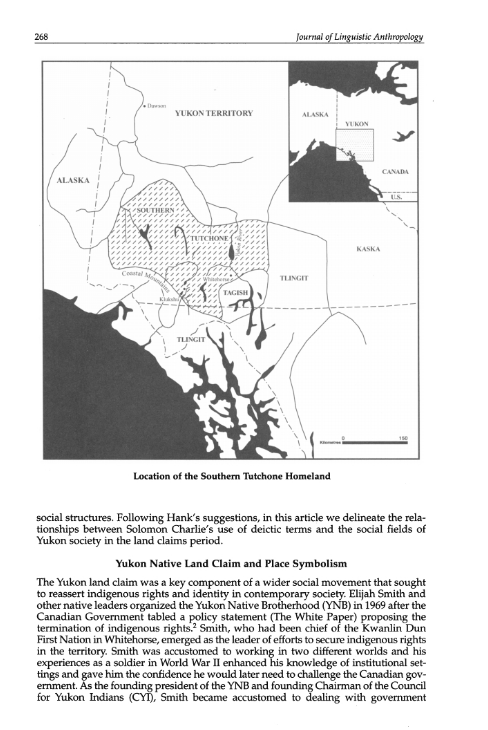This paper discusses the early years of radio in Northern Canada, including both “trail radio,” (i.e., hand-held, then two-way communications for bush travel). “Community radio,” as opposed to trail radio, was a CBC service provided to all Canadian communities of 500 or more, requiring only a small transmitter, reasonable premises, and a local radio society of volunteers. The paper explains that local operators could decide which CBC radio programs would be aired: including the Dene languages programming produced in Yellowknife. Many local stations created “phone-in” time, and the author gives one example of a station in Povungnituk which played a traditional game where one player imitates an animal on air, and the first caller to correctly identify the animal wins. The author emphasizes radio’s role in language preservation, but also in building strong community relationships. The report ends by heralding the beginning of the Northern Native Broadcast Access Program (NNBAP), and commenting that it may be useful in combatting the increase in southern television programming on northern screens.
Abstract: This article examines recent efforts to create native radio and television stations in Canada. In the beginning, trail and community radio provided the initial model for native Canadian broadcasting. Eventually, the Northern Native Broadcast Access Program, sponsored by the Native Citizens Directorate of the Secretary of State, led to further developments. In the last few years, native Canadian broadcasters have created many innovations and have successfully confronted the challenge of presenting serious discussions of native issues to a native audience which was previously accustomed to commercial, light-entertainment programing from southern Canada and the United States.
Read more about the history of northern broadcasting on this database: from APTN, and from The Northern Review.
Read the SRRB Facebook feature on this topic from March 2018.



 Phone: 867-374-4040
Phone: 867-374-4040 Email:
Email: